The Surprisingly Common Animals That Only Live for a Year or Less
Some animals get only the briefest chance at life. Instead of stretching across years, their time is measured in days or months. Their survival depends on racing through growth and reproduction, even though their short stay makes a lasting impact on the world around them.
Labord’s Chameleon
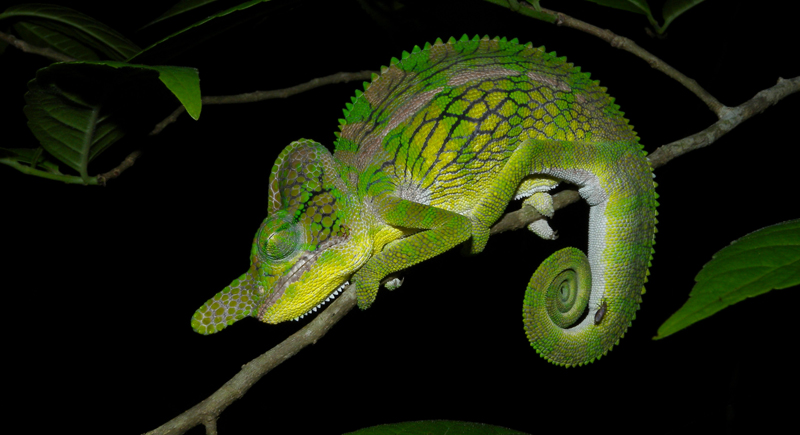
Credit: Wikimedia Commons
Labord’s chameleon lives one of the fastest lives in the animal world. In Madagascar, they hatch with the rainy season, grow rapidly, reach adulthood, mate, and die—all within four or five months. Most of their time is actually spent inside the egg. Once they emerge, they grow at an extraordinary pace, and entire generations appear and vanish together in the same season. This synchronized, short life cycle continues to puzzle scientists who study how such “fast-forward” biology works.
African Turquoise Killifish

Credit: Wikimedia Commons
The African turquoise killifish can be found in temporary pools in Zimbabwe and Mozambique, and it races through life in about four to six months. Once the water dries up, the adults vanish, but the eggs lie dormant in the mud until rains return. Their rapid growth makes them a favorite in aging studies, since what happens in decades to other species happens in months to them.
Mayfly
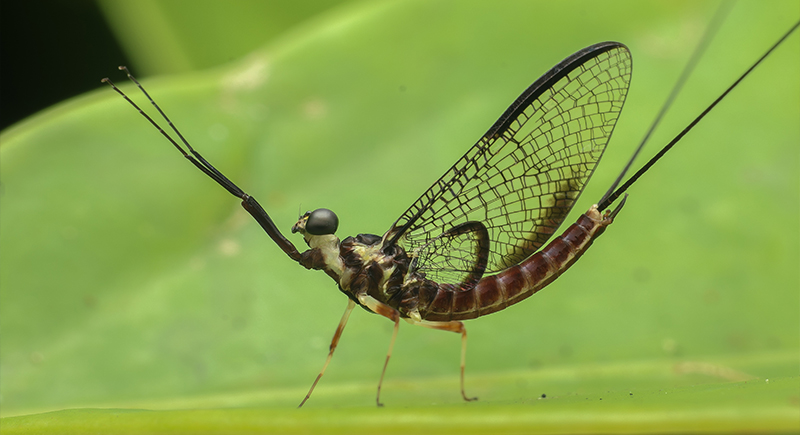
Credit: Wikimedia Commons
Mayfly adults live for just a day—sometimes only a few hours. They don’t eat because they don’t even have mouths. Instead, they swarm in massive numbers, mate in midair, drop eggs into water, and vanish. Before this short finale, they’ve already spent up to two years underwater as larvae.
Luna Moth

Credit: Wikimedia Commons
The giant, green luna moth is easy to miss if you blink. Adults live roughly a week, long enough to mate and lay eggs before dying. Without mouths, they run on the energy stored as caterpillars. In total, their life cycle stretches a couple of months, but that glowing week is the spotlight moment most people see.
Worker Bees
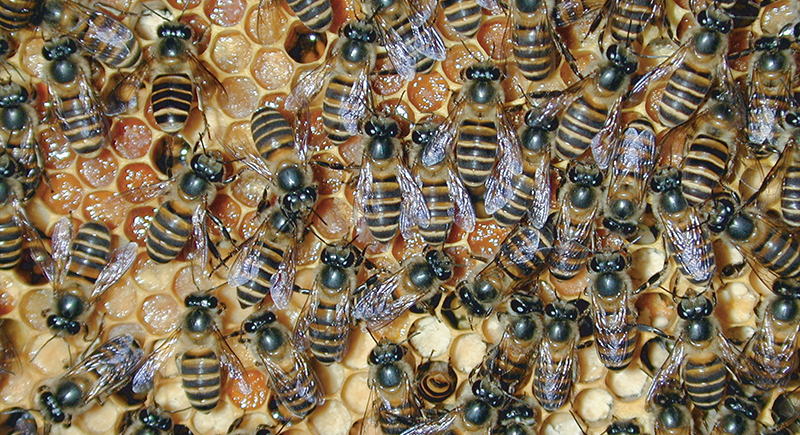
Credit: Wikimedia Commons
Worker bees live short but intense lives. In summer, their days are crammed with chores: cleaning, nursing, foraging, and defending the hive. All this effort burns them out in about six weeks. Winter bees live longer because the hive slows down, which stretches their lives to four months or so. Despite such quick turnover, these workers pollinate crops worth billions annually.
Dragonfly
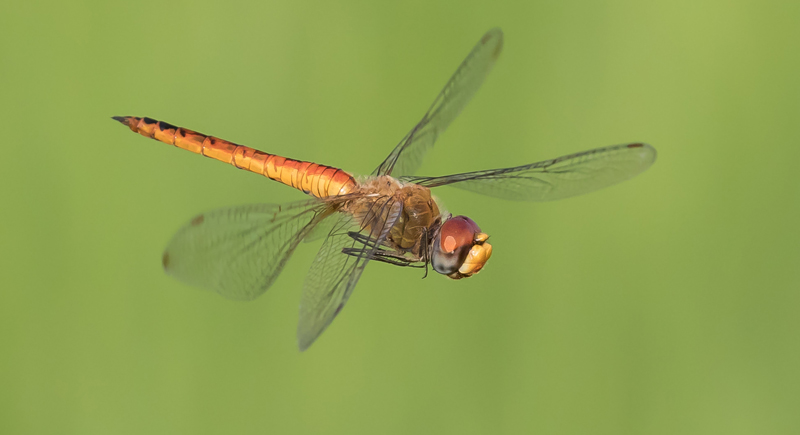
Credit: Wikimedia Commons
Dragonflies spend most of their lives underwater as nymphs, where they can remain for several years—sometimes up to five. Once they emerge as adults, their time is short, usually only four to six months. In this final stage, they fly, hunt insects like mosquitoes, and reproduce. The shimmering wings we notice by ponds and lakes are really just the last chapter of a much longer life spent out of sight.
House Mouse (Wild)
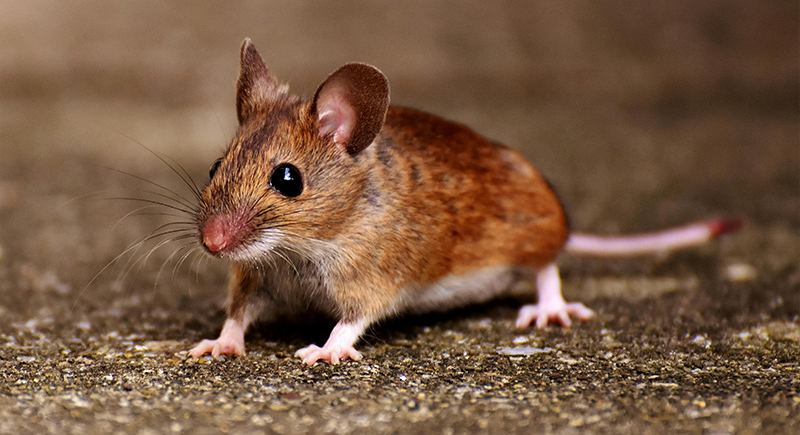
Credit: pexels
A wild house mouse rarely celebrates a first birthday. Most survive only three or four months, undone by predators like snakes, foxes, or owls. Their short lives don’t stop them from thriving—mice breed quickly, often having multiple litters in that time. In homes or labs, where danger is scarce, they can live up to two years. Out in the fields, though, it’s a game of speed and numbers over longevity.
Atlantic Pygmy Octopus
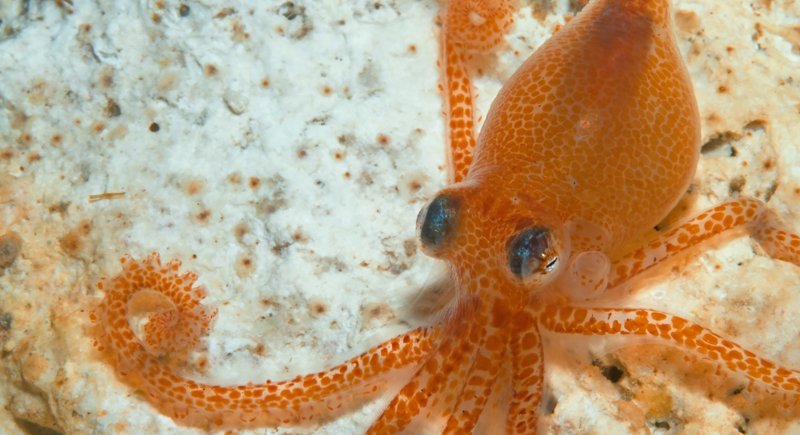
Credit: Facebook
At just an inch or two long, the Atlantic pygmy octopus is one of the ocean’s smallest octopuses and one of its most short-lived. Their lifespan tops out around a year, though many survive closer to four months. They live in the Caribbean and the Gulf of Mexico, where they blend in with rocks and coral. Like all octopuses, they reproduce once and die soon after.
Common Shrew
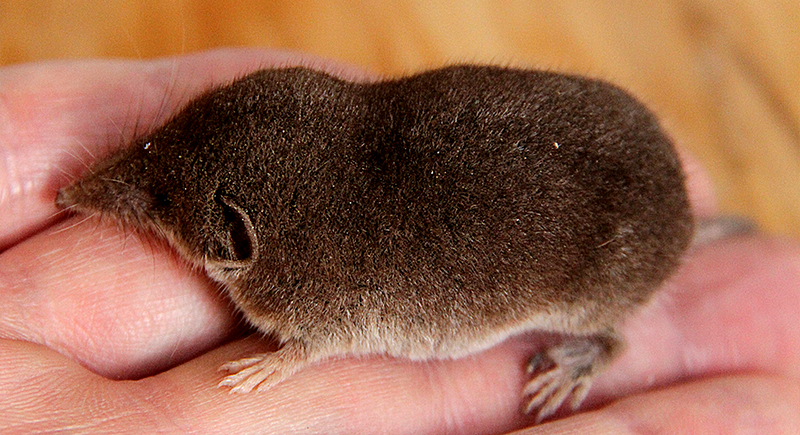
Credit: Wikimedia Commons
Shrews live life on fast-forward. Their metabolism is so high that they eat nearly their own weight in insects every day. They burn through energy so quickly that their bodies simply can’t sustain them much beyond a year. Predators like owls and foxes only add to the odds against them. Despite their brief stay, shrews play a crucial role in keeping insect populations in check.
Fruit Fly
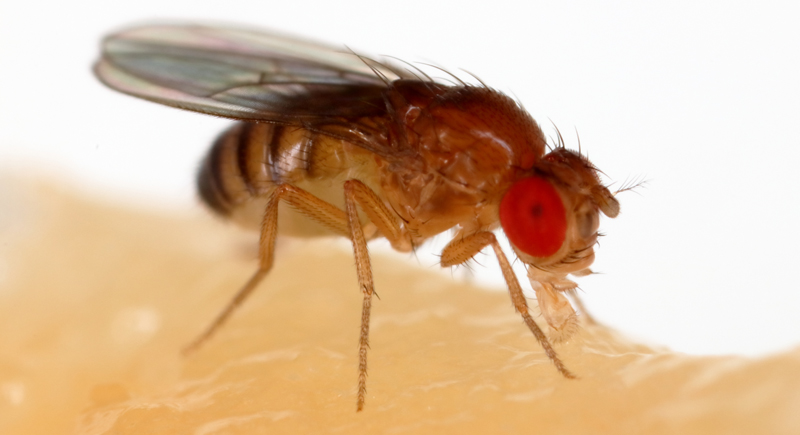
Credit: Wikimedia Commons
For such tiny pests, fruit flies pack in plenty of drama—their short lives are crammed with rapid growth, nonstop breeding, and sudden population explosions. Outdoors, they last 10 to 14 days. In labs, they may survive up to two months. Their short life cycles make them one of the most important model organisms in science—ideal for studying genetics and inheritance. A single female lays hundreds of eggs in her time.
Muller’s Giant Sunda Rat
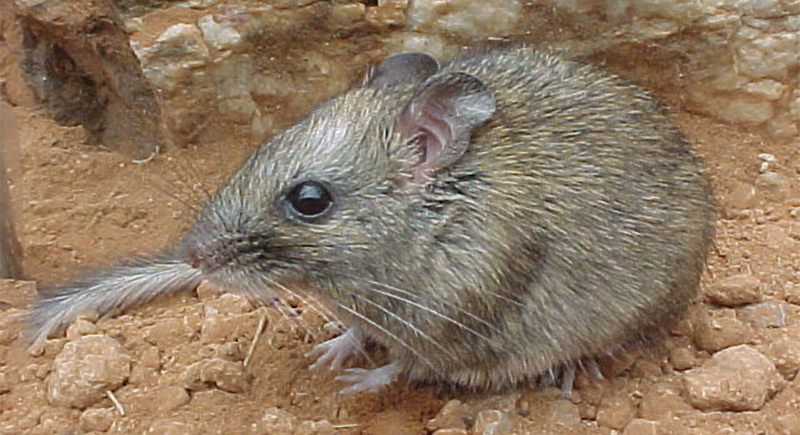
Credit: Wikimedia Commons
Although larger than a typical house rat, Muller’s giant Sunda rat lives an astonishingly short life in the wild: six months to a year. They’re found in Southeast Asia and measure nearly 10 inches, but remain vulnerable to predators and harsh conditions. Despite their size, they are still easy prey, which is why their survival strategy relies on producing large litters quickly.
House Fly
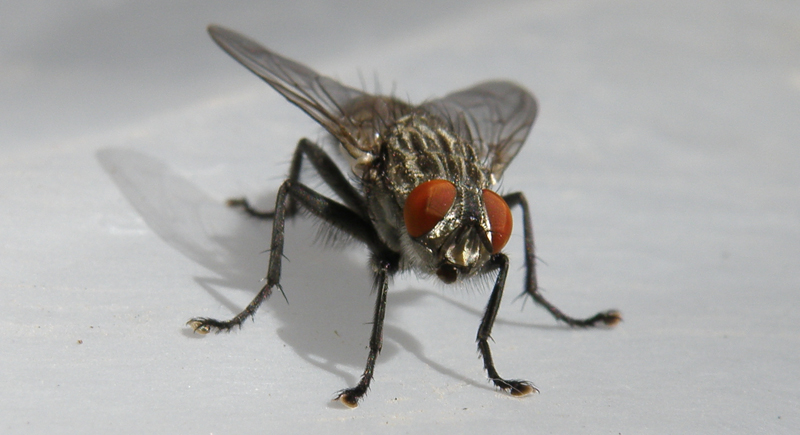
Credit: Wikimedia Commons
A housefly’s adult life is measured in weeks, rarely lasting longer than 30 days. Yet in that time, a female may lay up to 1,000 eggs, so that the next generation takes over just as the old one dies out. Their entire life cycle—egg to adult—can finish in as little as a week. That explains why infestations seem to come from nowhere and then vanish as fast as they appear.
Booklice
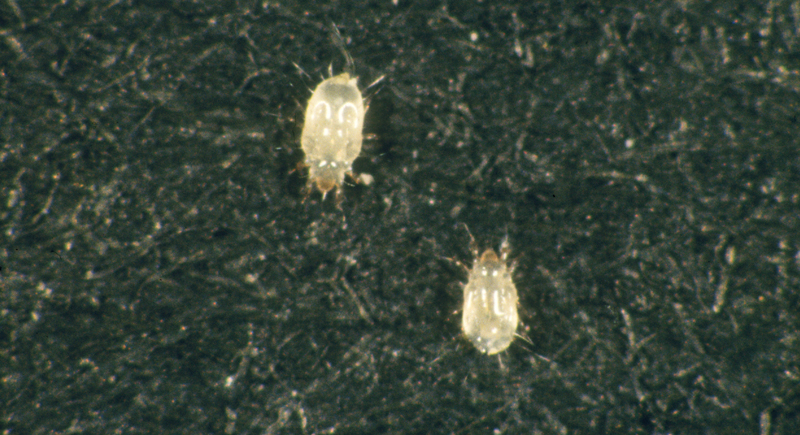
Credit: Wikimedia Commons
Booklice live for just four to eight weeks, depending on conditions. These tiny insects, which aren’t true lice, feed on fungi and starches in damp areas of homes. Some species reproduce without males, meaning every individual can lay eggs. Their quick turnover explains how they seem to pop up suddenly in humid rooms.
Dwarf Pygmy Goby
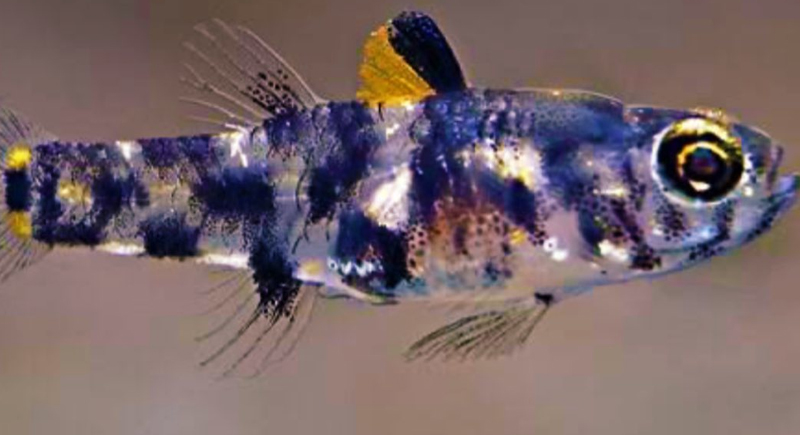
Credit: Facebook
The dwarf pygmy goby holds the title of shortest-lived vertebrate, as it lasts for just about two months. These reef-dwelling fish are less than an inch long and spend half their lives as drifting larvae. Once they settle on coral, they grow, breed, and disappear in weeks. Tiny as they are, they feed larger reef fish, which makes them an essential but short-lived link in the marine food chain.
Ant Drones
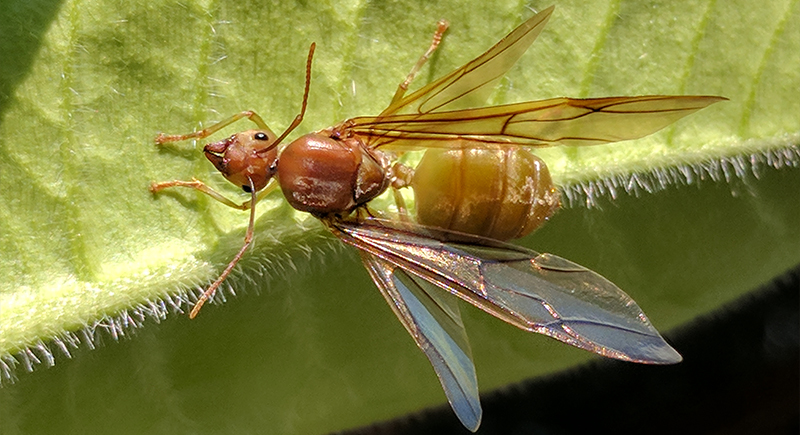
Credit: Wikimedia Commons
Drone ants exist for a single purpose: mating with the queen. Their lives last only days to weeks and end immediately after reproduction. Unlike worker ants or queens, drones contribute little beyond this role. Once mating season ends, any survivors are expelled from the colony. It’s a brief, high-stakes existence, but essential for keeping the colony alive.